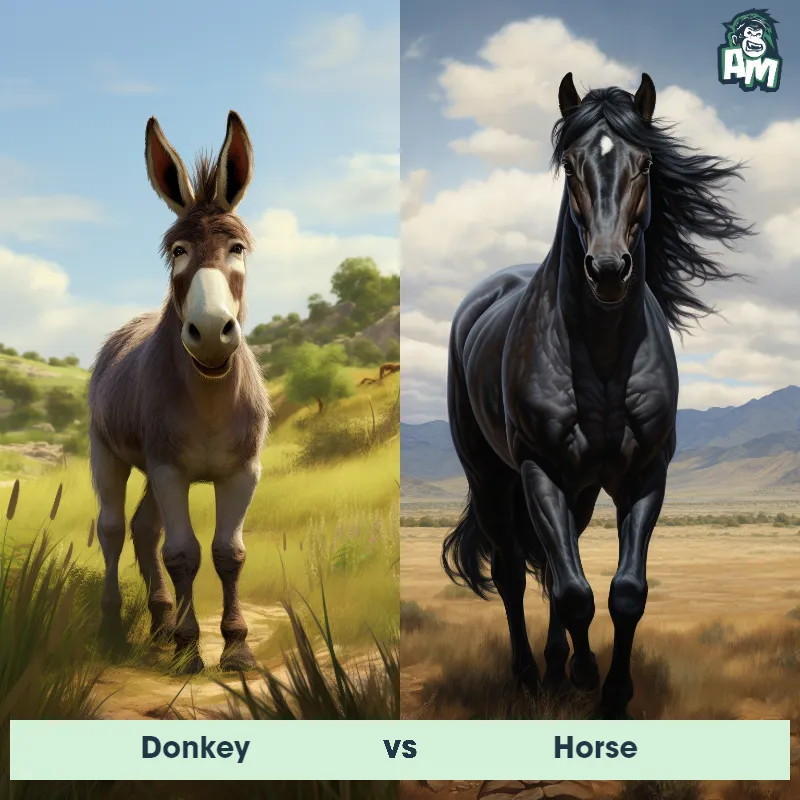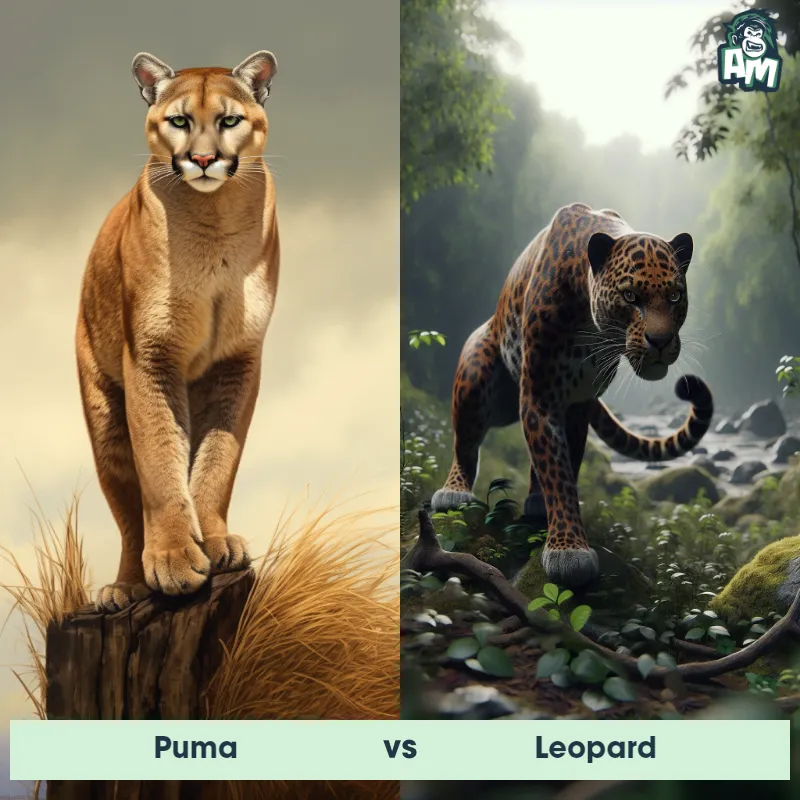Puma vs TigerSee Who Wins

Ladies and gentlemen, welcome to this captivating showdown between two fierce predators of the animal kingdom! Here in this remarkable arena, we are about to witness a battle of strength, speed, and cunning. In one corner, we have the sleek and agile Puma, known for its lightning-fast attacks. And in the opposite corner, we have the mighty Tiger, renowned for its sheer power and fearsome presence. Get ready for an exhilarating display of natural instinct and survival skills!
Contender 1: Puma
The Puma, also known as the mountain lion or cougar, is a large, solitary cat found in North and South America. They have a muscular build, short fur that ranges in color from tan to gray, and distinctive black markings on their face, ears, and tail. Pumas are known for their agility and can jump up to 18 feet in a single bound. They are also excellent hunters, with sharp claws and teeth that allow them to take down prey much larger than themselves.
Fun Fact: Pumas are one of the few big cats that can purr, which they do when they are content or communicating with other pumas.
Contender 2: Tiger
The Tiger is a large and powerful big cat, known for its distinct orange coat patterned with black stripes, which are unique to each individual, much like a human fingerprint. Tigers have a muscular build, a heavy head with strong jaws, and a tail that is usually about half the length of their body. The largest species of the cat family, adult male tigers can reach up to 10 feet in length and weigh up to 660 pounds. Tigers are native to various parts of Asia and are adept swimmers, unlike most members of the cat family.
Fun Fact: Tigers are apex predators and primarily consume larger mammals for food, including deer and wild boar; a hungry tiger can eat as much as 60 pounds in one night.
Matchup Stats
| Puma | Tiger | |
|---|---|---|
| Size | 2-3 feet (0.6-0.9 meters) at the shoulder | Up to 10 feet in length (3.05 meters) |
| Weight | 100-200 pounds (45-90 kilograms) | Up to 660 pounds (300 kilograms) |
| Speed | Speed: 50 mph (80.47 km/hr) | 35-40mph (56-64km/h) |
| Key Strength | Powerful jaws and sharp claws | Strong jaws and muscular build |
| Biggest Weakness | Vulnerable to attacks from behind | Limited endurance for long chases |
Current Votes
Puma vs Tiger
See Who Wins
View More Matches
Looking For More?
Similar Matches
Scientific Stats
| Puma | Tiger | |
|---|---|---|
| Scientific Name | Puma concolor | Panthera tigris |
| Family | Felidae | Felidae |
| Habitat | Mountains, forests, deserts | Forests, grasslands, and swamps |
| Geography | North and South America | Asia |
| Diet | Carnivorous, primarily deer and smaller mammals | Carnivorous, primarily deer and wild boar |
| Lifespan | 8 years - 13 years | 15 years - 26 years |
Key Differences between Puma and Tiger
- Tail Length: Tigers have a longer tail that measures approximately 3 to 4 feet in length, aiding in balance and communication, while Pumas have a shorter tail that ranges from 2 to 3 feet long.
- Coloration: Tigers have a distinctive orange or reddish-orange coat with prominent black stripes, providing excellent camouflage in their habitat, while Pumas have a tawny or grayish-brown fur with no distinct patterns or stripes.
- Body Structure: Tigers have a robust and muscular build, with powerful forelimbs and strong jaws for hunting, while Pumas have a more slender and flexible body, adapted for agility and quick movements.
- Ear Shape: Tigers have rounded ears with white spots on the back, which help in communication, while Pumas have pointed ears without any markings.
- Facial Features: Tigers possess a broad and muscular face with vertical black stripes on their cheeks, while Pumas have a more slender face with no distinct markings.
- Size: Tigers are significantly larger than Pumas, with adult tigers typically ranging from 8 to 10 feet in length and weighing between 200 to 670 pounds, whereas Pumas are smaller, measuring approximately 6 to 9 feet long and weighing between 75 to 220 pounds.
































